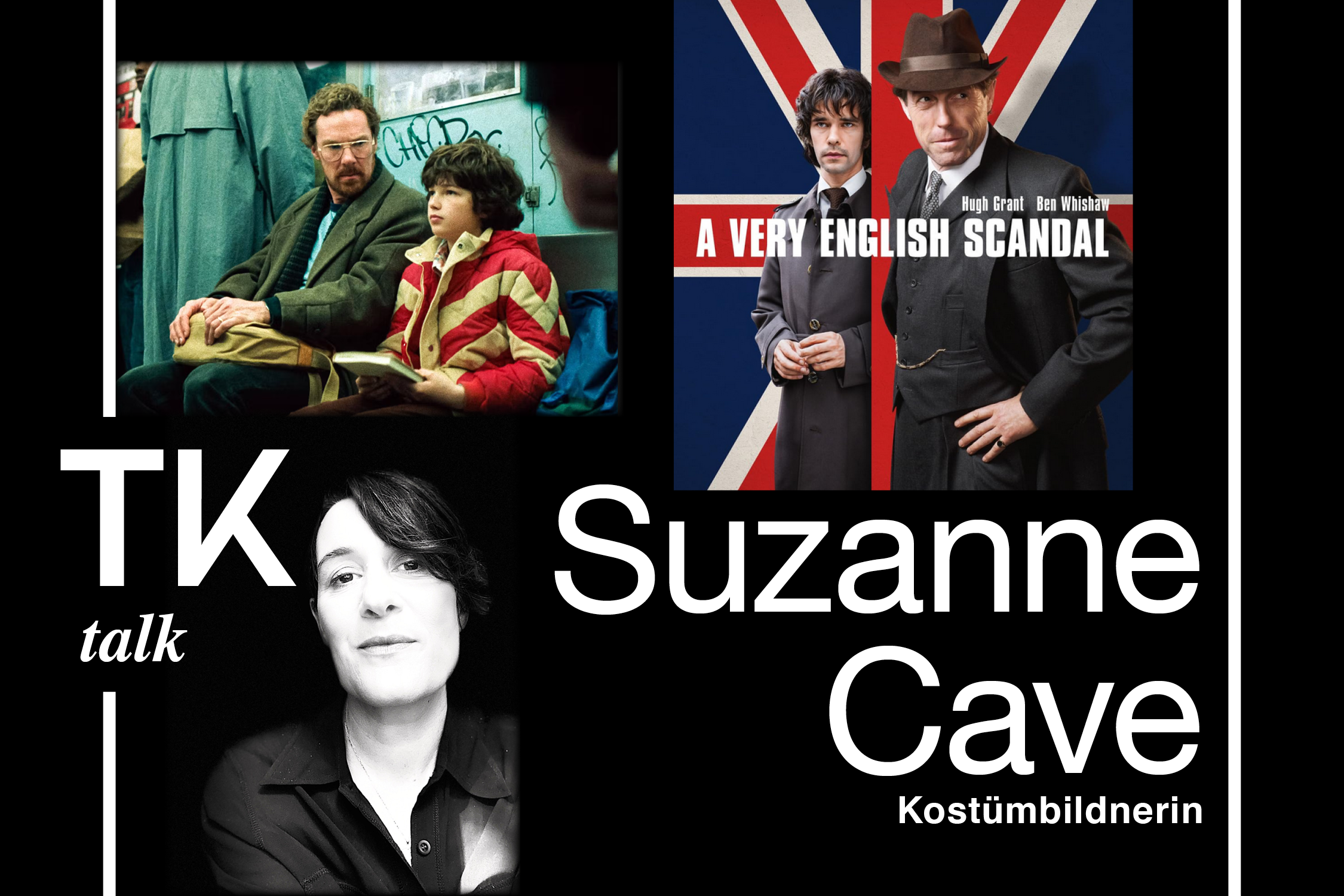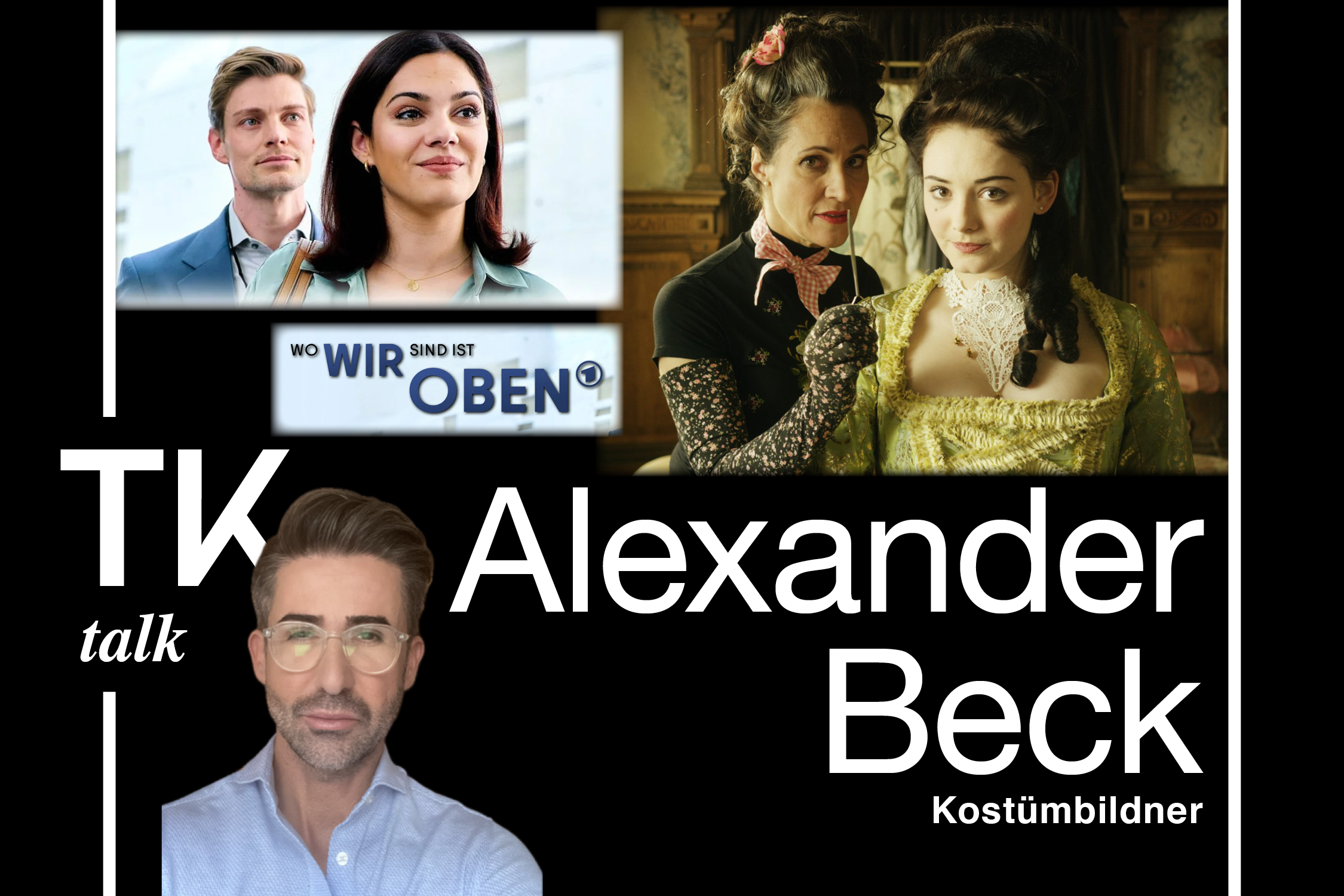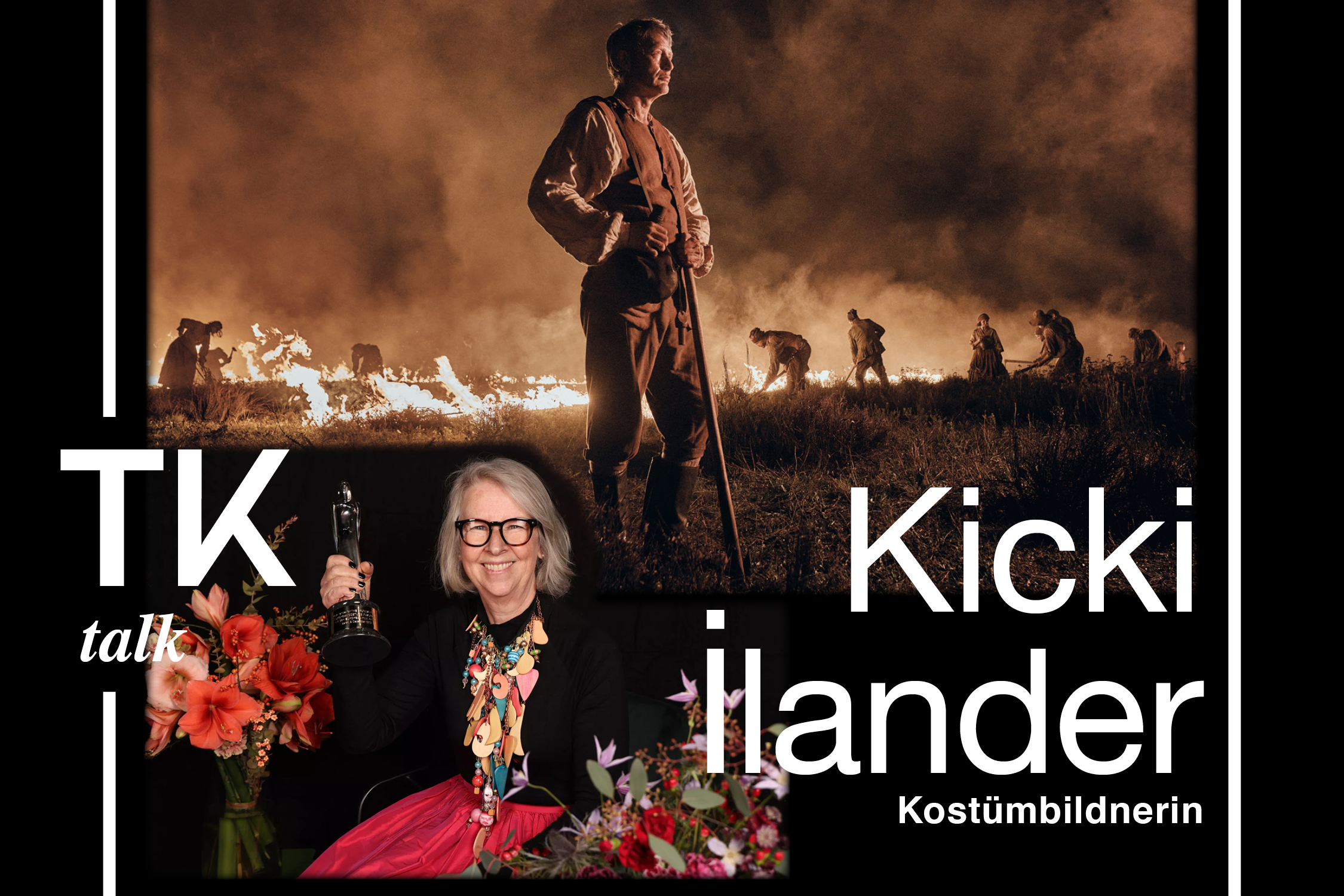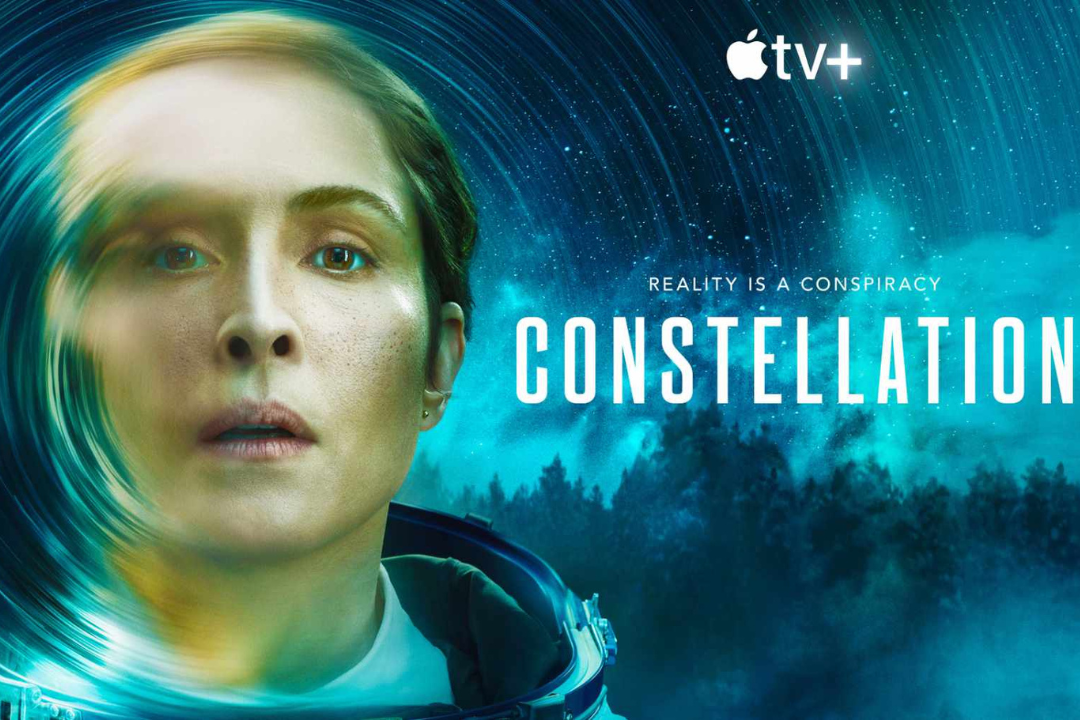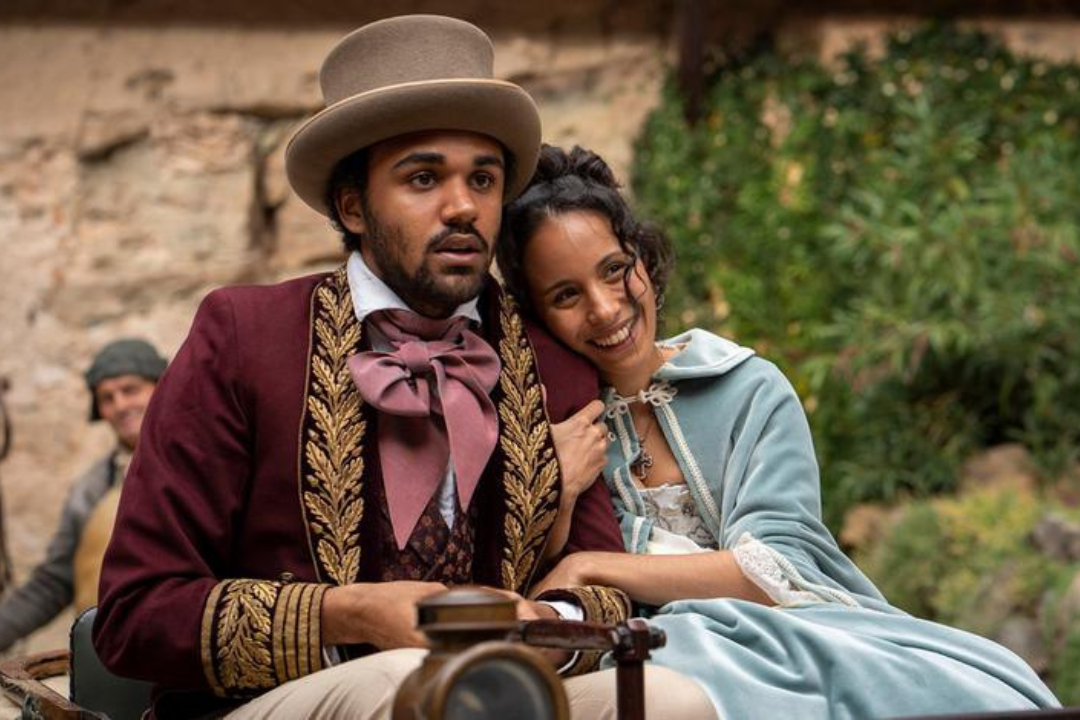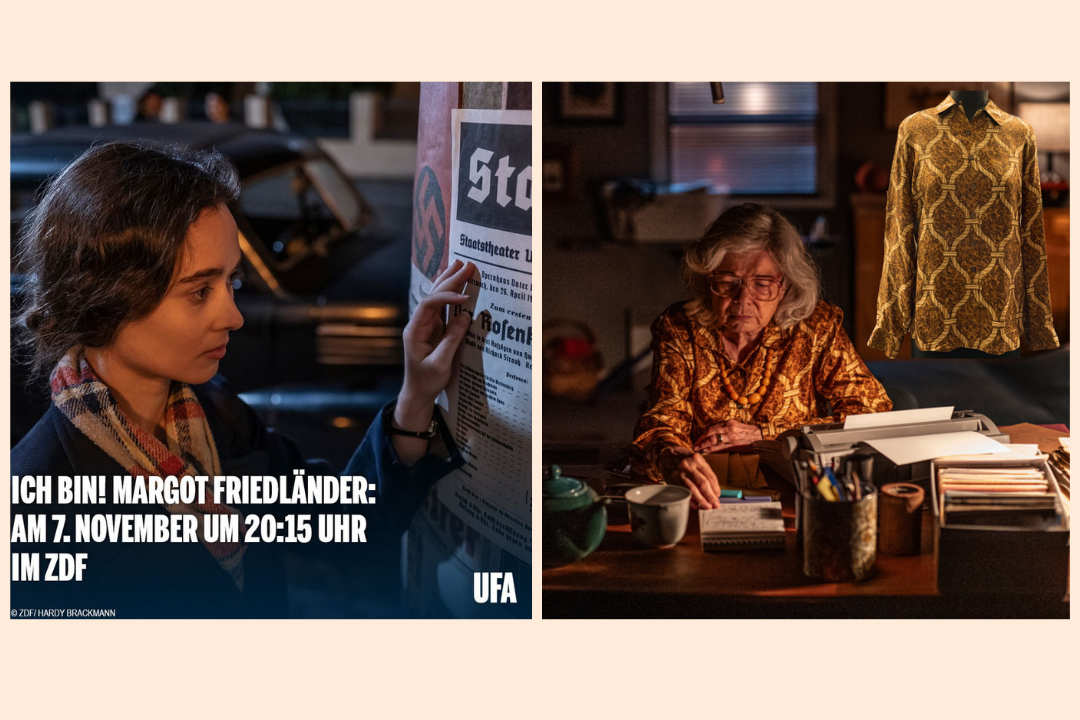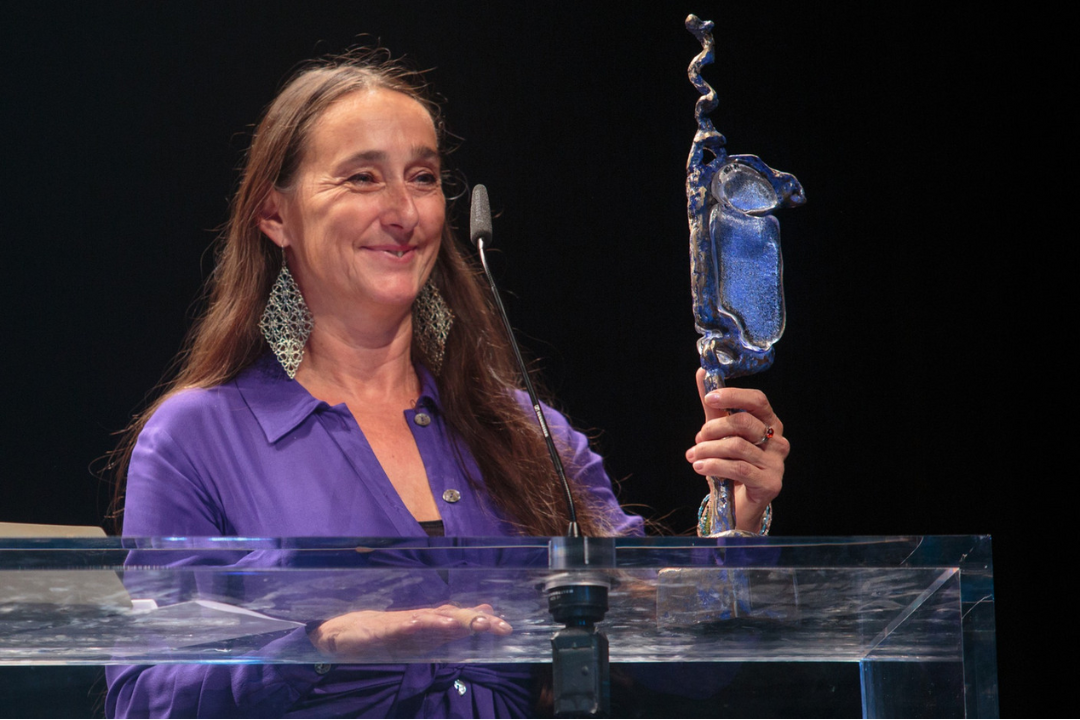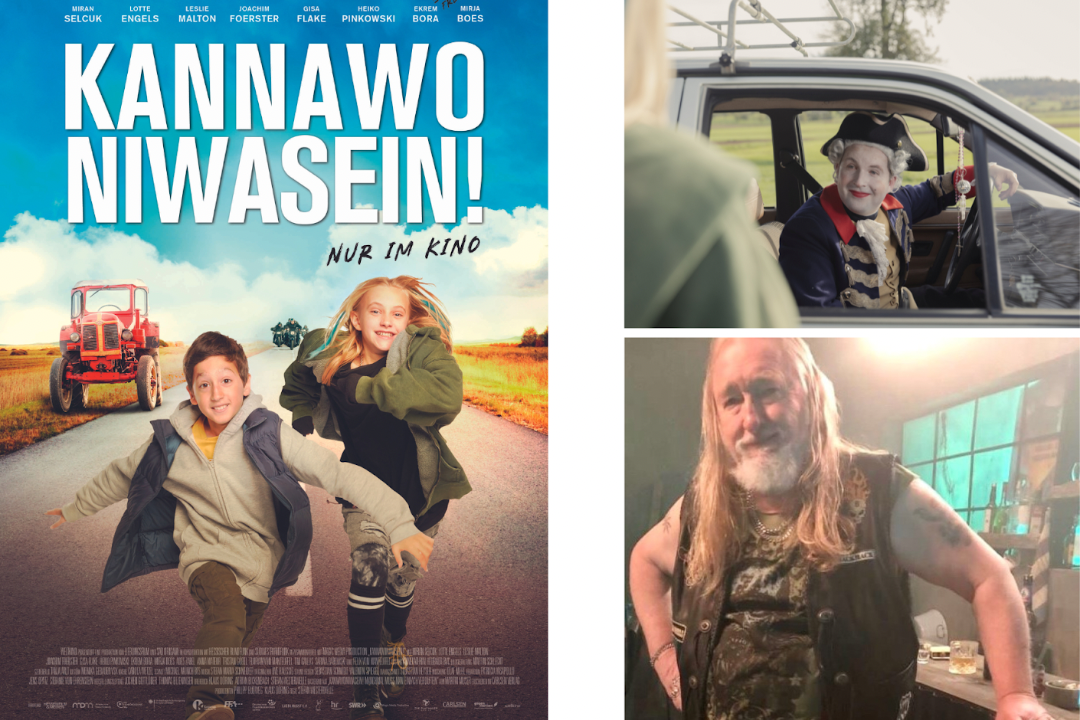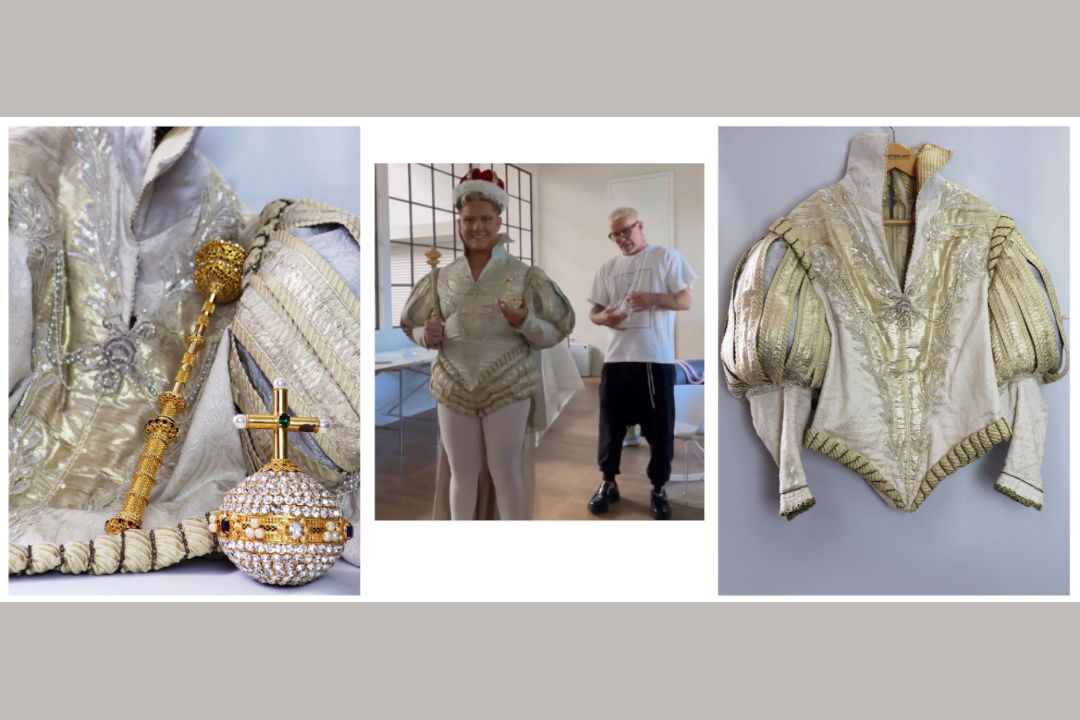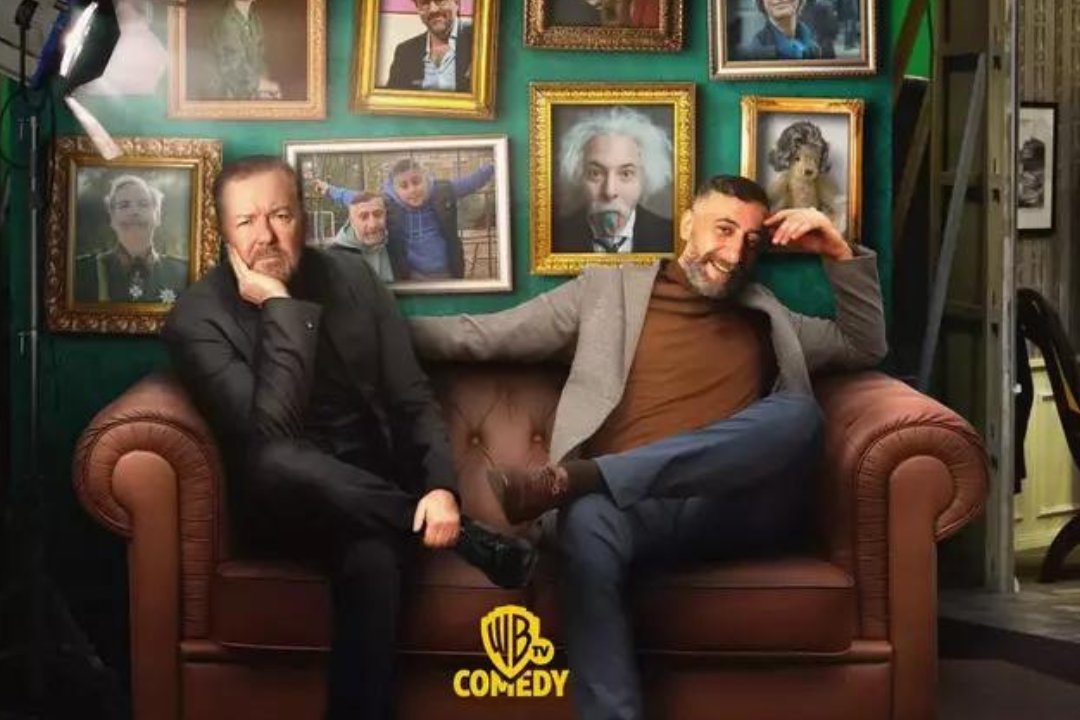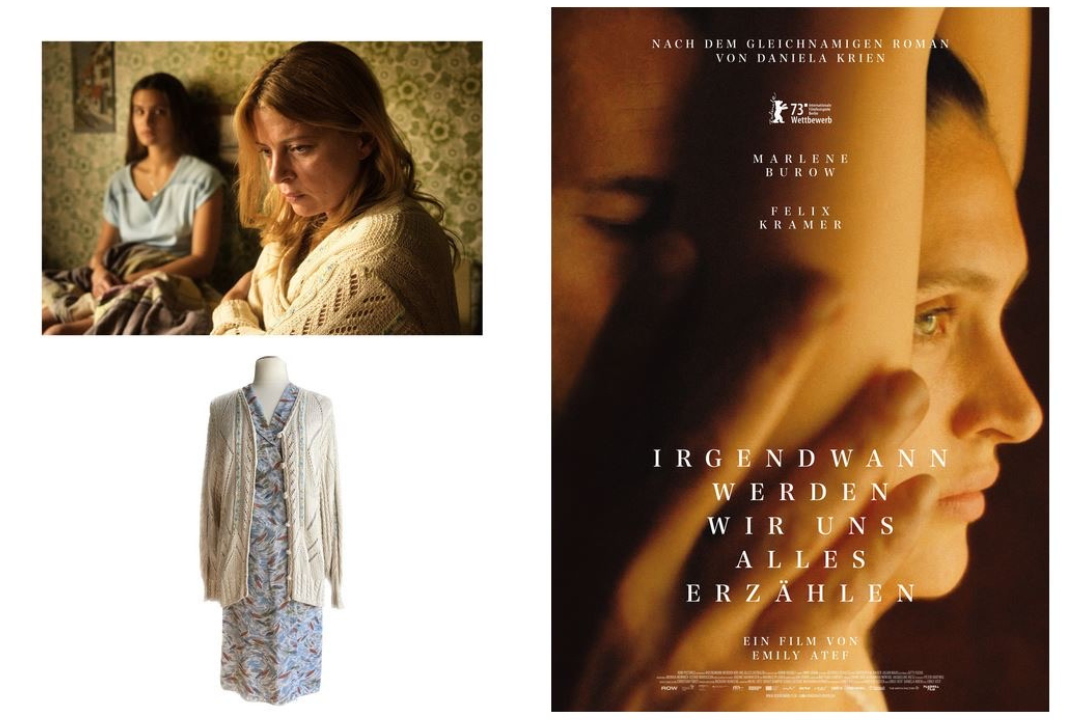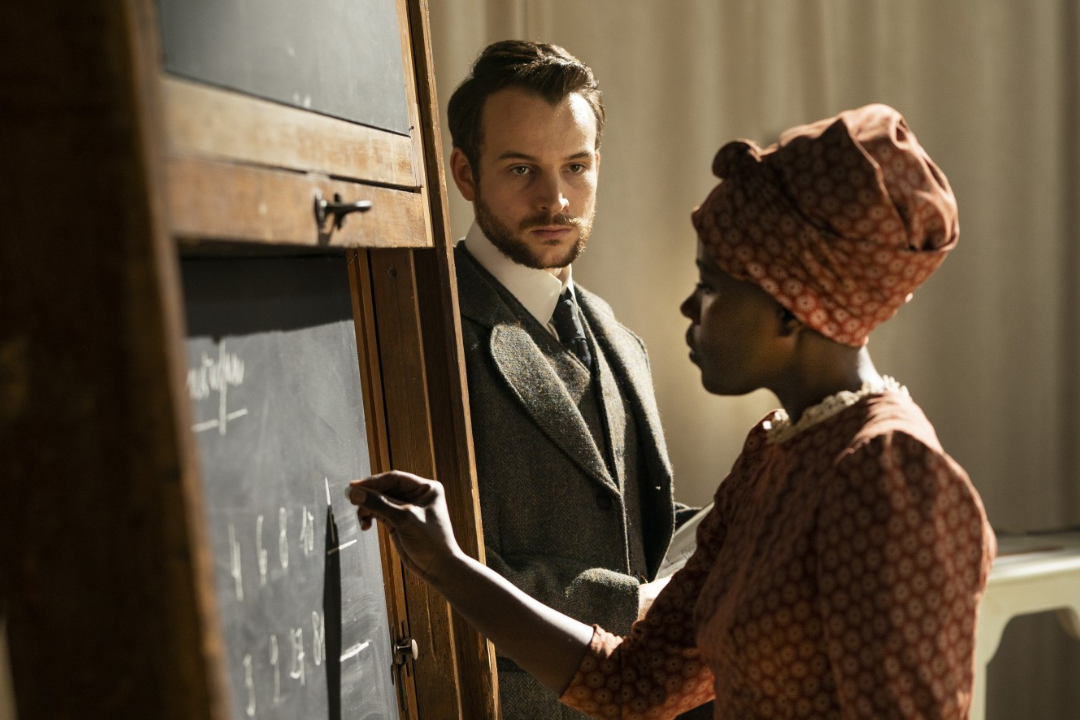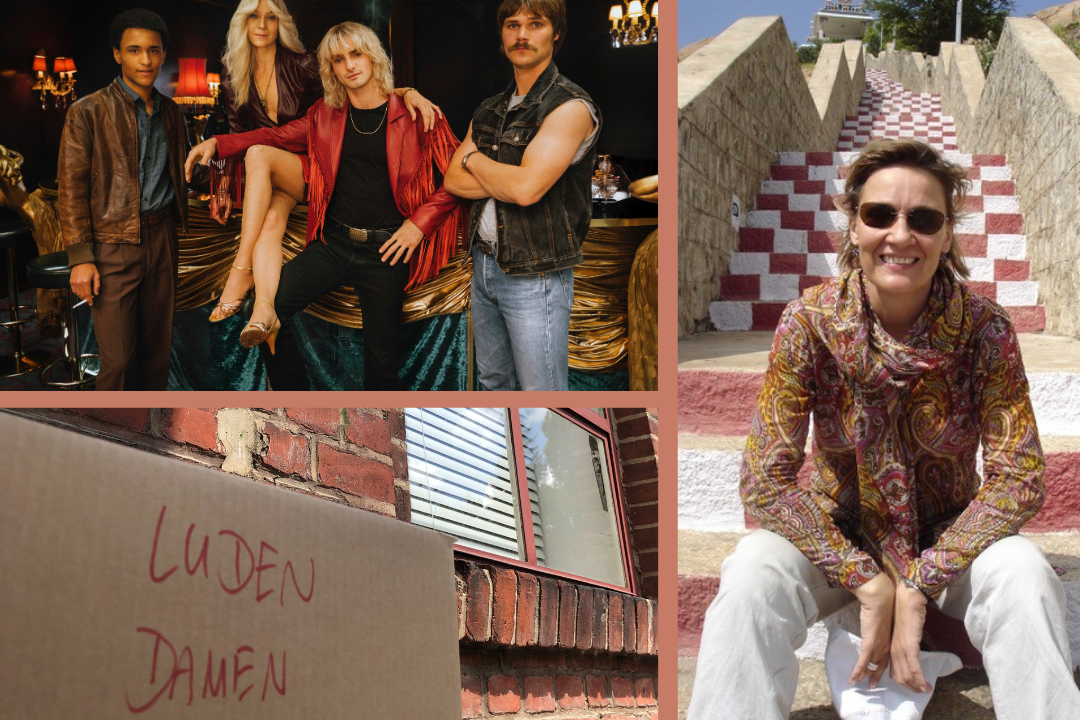Theaterkunst Talk
Margriet Procee
We are connected with the Dutch costume designer Margriet Procee by the projects “The Forgotten Battle” (Netflix) “The Jewish Council” and, most recently, “Máxima. In the series for the Dutch streaming service Videoland, focusing on the twenties of the popular Dutch queen and her love for King Willem-Alexander are filmed, and in flash backs her childhood, university and work in Argentina & New York.
For more than 30 years, she has designed – together with a team of specialists – the clothes for (children’s) films, theater productions and television series. Margriet does not follow trends. She gets her inspiration from the street, in the Netherlands and abroad, past and present, musea’s & photo/ history books. This makes her style realistic and always elaborated to the smallest detail. For her work on “The Forgotten Battle” she was awarded the “Golden Calf” for Best Costume Design at the Dutch Film Festival.
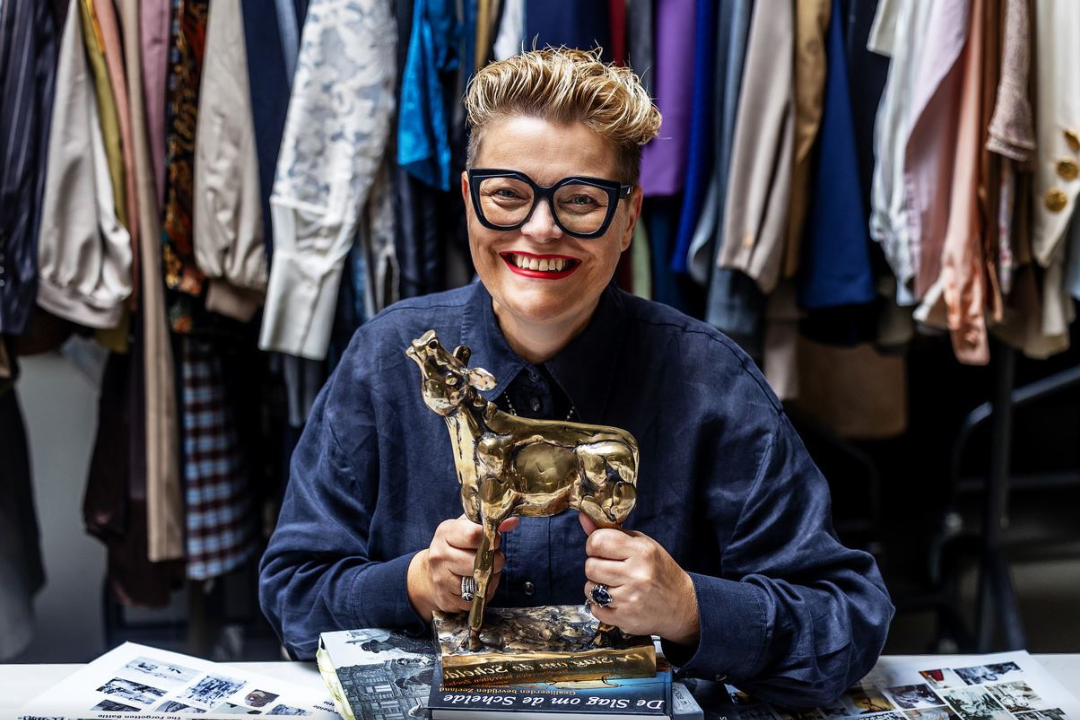
© Angeliek de Jonge
Theaterkunst
Margriet Procee
You are currently working on the Dutch series project “Máxima”. What were your first thoughts when you found out that you would be working on this project about the Dutch queen?
I was over the moon (& my team also), after reading the script, stil working on the Jewish council, happy to read about her live, history, party’s and set in the 70, 80, 90 and zero‘s. Don’t get me wrong I love working in the fourties and is one of my favourite periods, but it’s heavier on the head & than the change of scene is so very welcome. Her Argentinian soul, liveliness & toughness always spoke to me and love to work on her character. Shooting in New York, Spain, Belgium & the Netherlands, made the challenge complete.
Do we expect pompous costumes or the style of the 90s?
There will be no pomous costumes, maybe in the next series ; ) this series runs from her childhood (seventies) to the engagement announcement. (30 march 2001) from Prins Willem-Alexander & Máxima Zorreguieta.
Working with 3 Maxima actresses and 100 scriptdays with a few who are know in public and the rest to fill, the 4 diverent periods with there own colour scheme, was a big challenge. And because we switch between the zero’s to all various periods I made it manageable for the viewer.
Not only because of the scriptdays but also because of the loads ID’s surrounding her – family, friends, co-workers & ex-lovers.
You have also equipped various projects from the 1930s and 1940s. What is the difference for you between a historical and a contemporary project?
From my point of view there is no difference, sometimes it feels harder to work on a contemporary movie Rundskop (Oscar nominee) I worked on to get the Belgium farmer culture right than the 17th century Michiel de Ruyter movie .
What is special about a costume house to you?
I love to work in Berlin, found out by shopping around in other country’s and houses, Theaterkunst is so good selected by period and size, working with people who know what they are talking about (and if they don’t know the answer they find out for you ; ) there is a big heart for all period costumes.
Which advice would you give to aspiring costume designers? What would you have liked to know at the beginning of your career?
I never ever thought to be a costume designer for movie & tv, accidentally I stumbled from art school in the job, it’s a tough job (especially in Holland, budget wise) and you need to have some gipsy blood! And willing to start a new job every 3/6 months. If this is the case you will have the best job in the whole wide world & see some beautifull locations of the world as a bonus.
Thank you for the interview and see you soon at Theaterkunst!
Tot snel in Berlijn!

